The 4th Lateran Council in 1215: Institutionalized restrictions on Jews and the origins of systematic anti-Jewish policies
The Fourth Lateran Council, convened by Pope Innocent III between 1213 and 1215, marked a watershed moment in the institutionalization of anti-Jewish policies within the Catholic Church. This council not only defined the dogmatic framework of medieval Catholicism but also laid the groundwork for a systematic separation of Jews from Christian society. Among its 70 decrees, several targeted Jewish communities, introducing restrictions that would shape European attitudes toward Jews for centuries.

A Jewish couple from Worms, with the obligatory yellow badge on their clothes, 16th century, Germany. The man holds a moneybag and bulbs of garlic, both often used in the portrayal of Jews. Source: Wikimedia Commonsꜛ (license: public domain)
Historical context
The Fourth Lateran Council was called at a time of significant social, political, and religious change in Europe. The Catholic Church sought to consolidate its authority in response to growing heresies (such as the Cathars) and to prepare for the Fifth Crusade. It also aimed to address tensions between Christians and non-Christians, including Jews and Muslims, who lived in close proximity within increasingly diverse European societies.
Jews in medieval Europe were often integrated into urban economies, acting as merchants, artisans, and financiers. While legal restrictions varied across regions, interactions between Jews and Christians were relatively common. Interfaith marriages, business partnerships, and shared cultural practices were not unusual in many parts of medieval Europe.
However, growing ecclesiastical concerns about Christian “purity” and fears of Jewish influence prompted the Church to impose stricter boundaries between the two communities. The Fourth Lateran Council codified these anxieties into official Church policy, formalizing a division that had been growing for decades.
Key anti-Jewish decrees of the council
The Fourth Lateran Council issued several decrees that targeted the Jewish communities of medieval Europe, introducing legal and social restrictions that aimed to segregate and marginalize them.
External identification
Canon 68 of the Fourth Lateran Council decreed that Jews (and Muslims) must wear distinctive clothing to differentiate themselves from Christians. In Christian Europe, Jews were required to attach a yellow badge or ring to their garments. The choice of yellow was symbolic, as the color was associated with heresy, treachery, and the devil in medieval Christian iconography.
The stated purpose of this decree was to prevent interfaith relationships, particularly marriages or sexual relationships, between Christians and Jews. The council claimed this identification measure would ensure that Christian men and women “do not mistakenly engage with” Jews or Muslims. This was the first instance of a formal, Church-mandated obligation for Jews to visually distinguish themselves, marking the beginning of a systematic legal framework for Jewish segregation in Europe.
Prohibitions on public visibility during holy days
Jews were forbidden to appear in public on Holy Thursday and Good Friday, key days in the Christian liturgical calendar that commemorated the Passion of Christ. The Church perpetuated the belief that Jews bore collective responsibility for the crucifixion of Jesus, making their presence on these solemn days an affront to Christian sensibilities. This restriction not only isolated Jews further but also reinforced the narrative of Jewish guilt within Christian theology.
Accusations of usury and economic restrictions
The Fourth Lateran Council reiterated accusations that Jews were guilty of usury, charging excessive interest on loans to Christians. While Jews often served as financiers due to restrictions on their participation in other professions, the Church framed this economic role as exploitative and immoral.
In response, the council prohibited Jews from holding public office, barring them from positions of authority over Christians. This decree reflected the Church’s desire to limit Jewish influence in Christian society and to reinforce the social and political dominance of Christians.
Segregation and the erosion of interfaith relations
Before the Fourth Lateran Council, Jewish-Christian relations were often marked by fluid interaction. Jews and Christians worked together, lived in the same neighborhoods, and even intermarried in some regions. The council’s decrees sought to disrupt these connections by mandating physical and social separation. By requiring Jews to identify themselves with badges and restricting their public presence, the Church institutionalized a divide that had profound social and cultural consequences.
The impact of the fourth Lateran Council’s anti-Jewish policies
The decrees of the Fourth Lateran Council set a precedent for the systemic marginalization of Jews in medieval Europe. These policies were implemented with varying degrees of severity across different regions, but their long-term effects were far-reaching:
Legalized segregation
The requirement for Jews to wear identifying badges and live separately from Christians was a precursor to the establishment of ghettos in later centuries. These measures normalized the physical and social exclusion of Jews, embedding anti-Jewish discrimination into European legal and cultural frameworks.
Amplification of anti-semitic narratives
The council’s emphasis on Jewish usury, public visibility, and the need for differentiation reinforced existing stereotypes and prejudices. These narratives were used to justify further restrictions and violence against Jewish communities, including expulsions, massacres, and economic exploitation.
The seeds of future persecution
The policies codified at the Fourth Lateran Council created an ideological foundation for more extreme measures in the centuries to come. The visual identification of Jews, for example, was later adopted by the Nazi regime in the form of the yellow Star of David. The council’s decrees also provided theological justification for pogroms, forced conversions, and other acts of violence against Jews.
A turning point in Jewish-Christian relations
The Fourth Lateran Council represented a significant turning point in the history of Jewish-Christian relations. By formalizing anti-Jewish policies, the Church moved from a position of “tolerating” Jews as a protected minority to actively seeking their segregation and exclusion. This shift reflected broader anxieties within medieval Christendom, including fears of religious contamination, economic competition, and the need to assert Christian dominance.
At the same time, these policies contradicted the ethical and theological principles of Christianity itself. The teachings of Church’s self-proclaimed founder, Jesus, emphasized love, compassion, and inclusivity, yet the Church’s actions perpetuated division, hatred, and injustice.
Conclusion
The anti-Jewish decrees of the Fourth Lateran Council institutionalized discrimination against Jews in medieval Europe, marking the beginning of a systematic effort to segregate and marginalize Jewish communities. These policies not only contradicted the ethical foundations of Christianity, but also fueled centuries of persecution, finally culminating in the horrors of the Holocaust in the 20th century.
References and further reading
- Bolton, Brenda, Innocent III: Studies on Papal Authority and Pastoral Care, 1995, Routledge, ISBN: 978-0860784890
- Carroll, James, Constantine’s Sword: The Church and the Jews, 2002, Mariner Books, ISBN: 978-0618219087
- Katz, Steven (ed.), The Cambridge Companion to Antisemitism, 2022, Cambridge University Press, ISBN: 978-1108714525
- Moore, R. I., The Formation of a Persecuting Society: Power and Deviance in Western Europe, 950–1250, 2006, Wiley-Blackwell, ISBN: 978-1405129640
- Nirenberg, David, Anti-Judaism: The Western Tradition, 2018, Head of Zeus, ISBN: 978-1789541168
- Kenneth Stow, Alienated Minority: The Jews of Medieval Latin Europe, 1993, Harvard University Press, ISBN: 978-0674015920
- Anna Sapir Abulafia, Christian-Jewish Relations, 1000-1300: Jews in the Service of Medieval Christendom, 2024, Routledge, ISBN: 978-0367552237
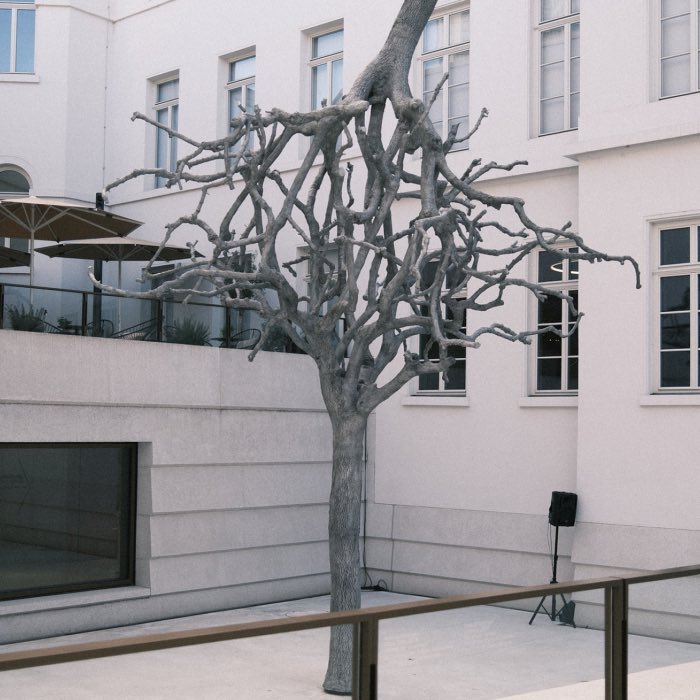
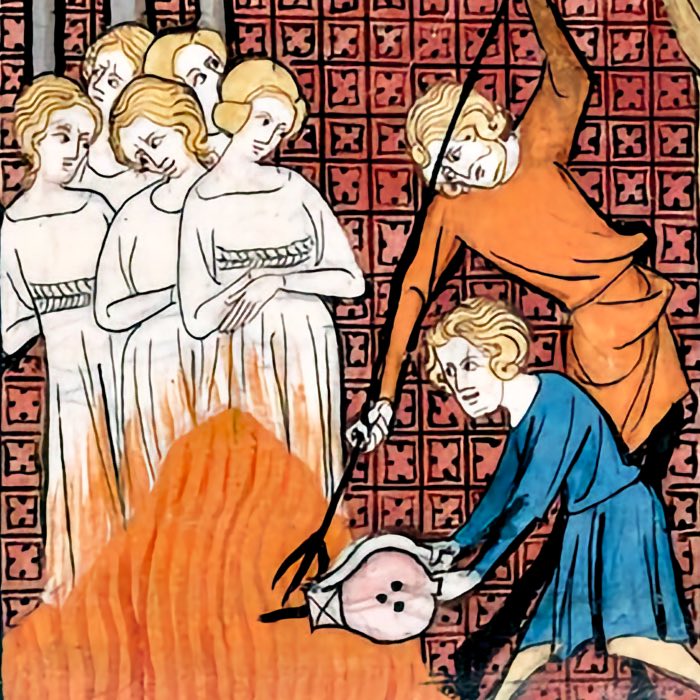
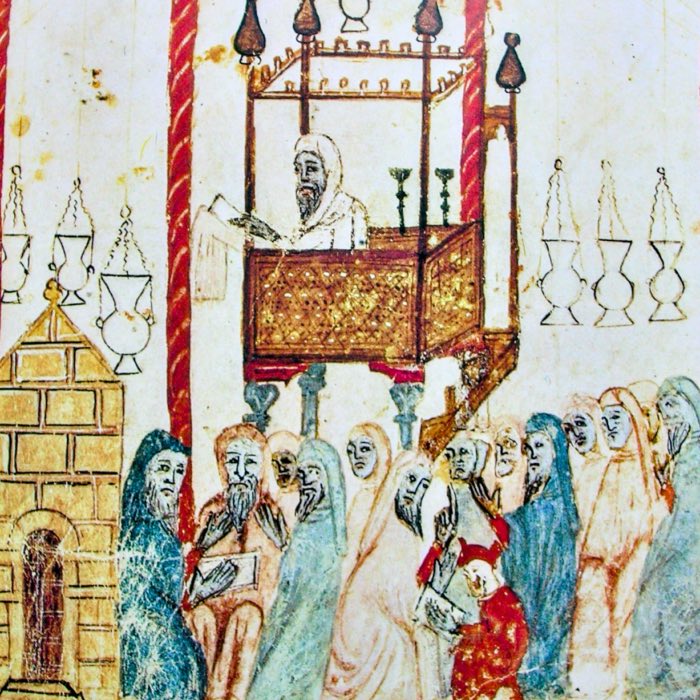
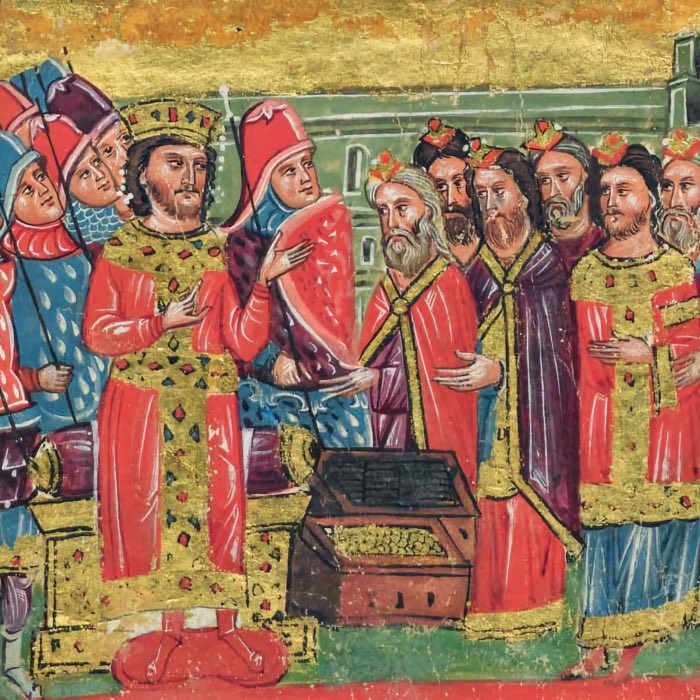
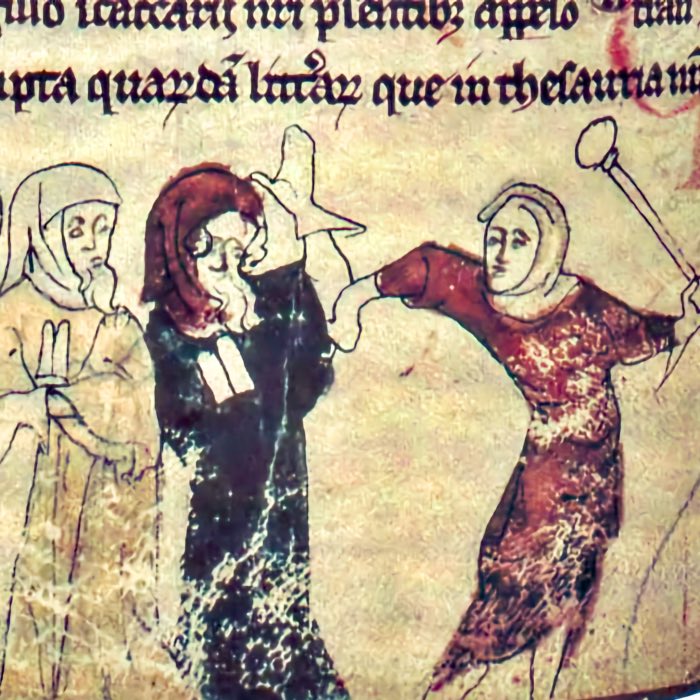
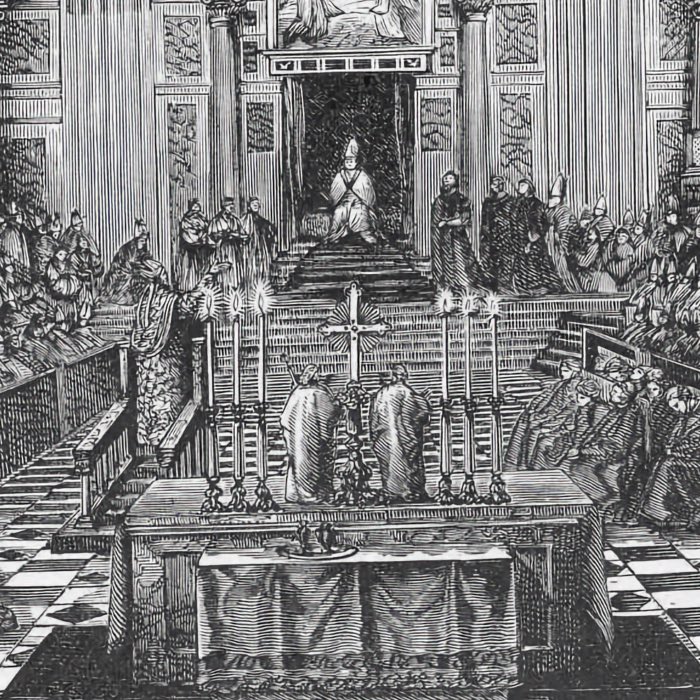
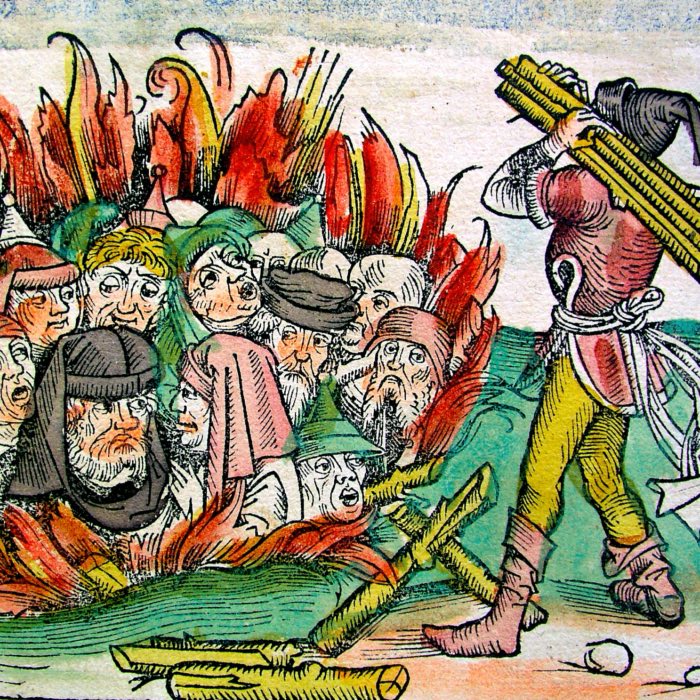
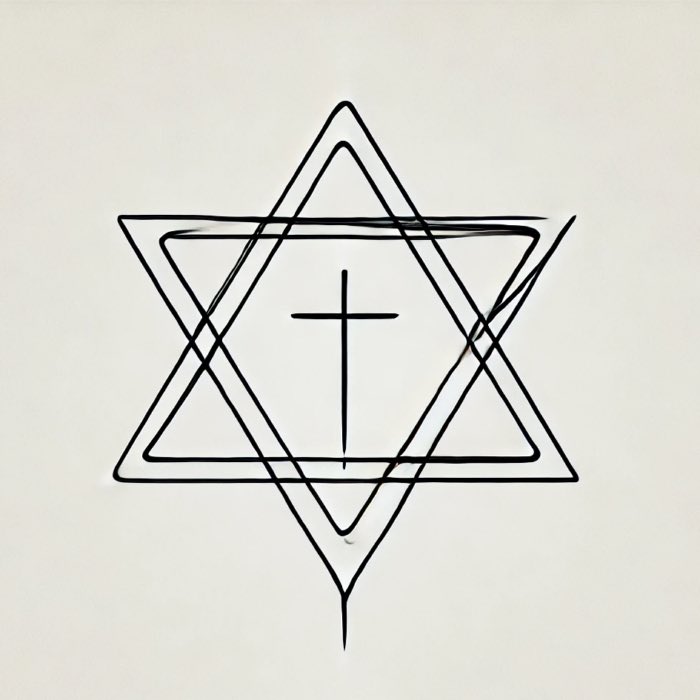

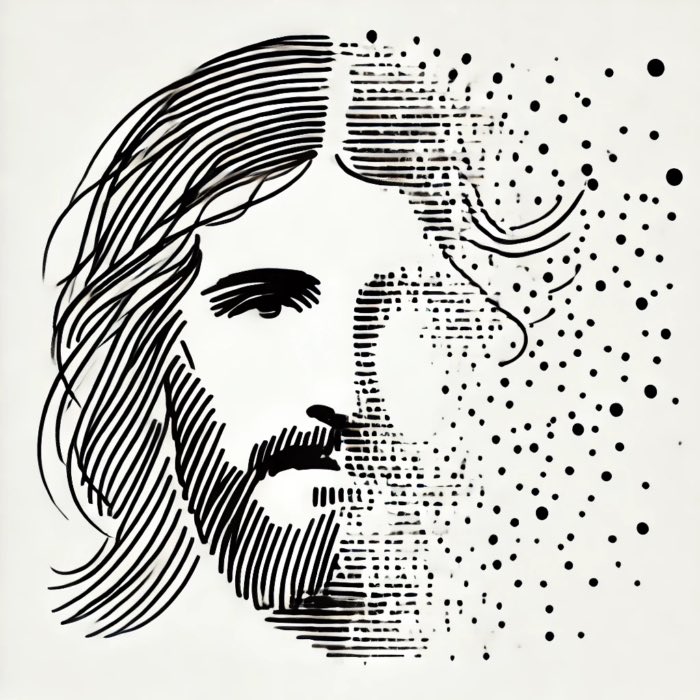
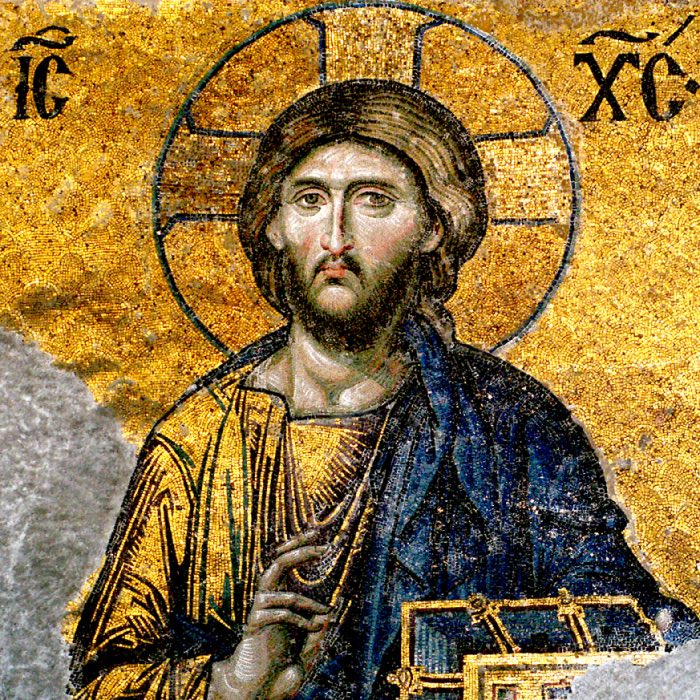
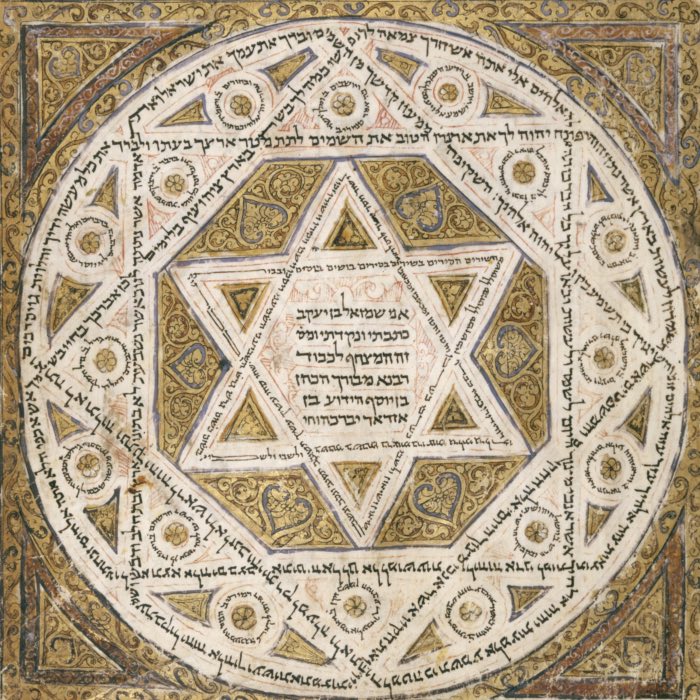

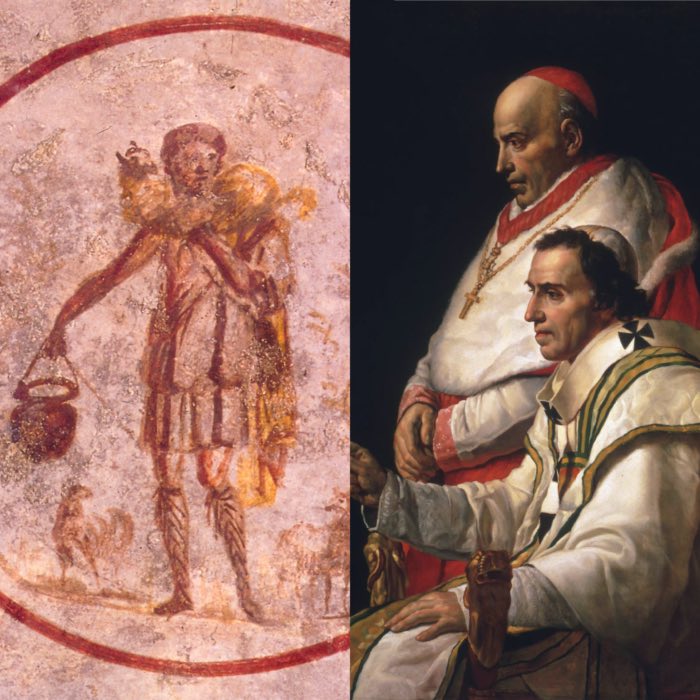
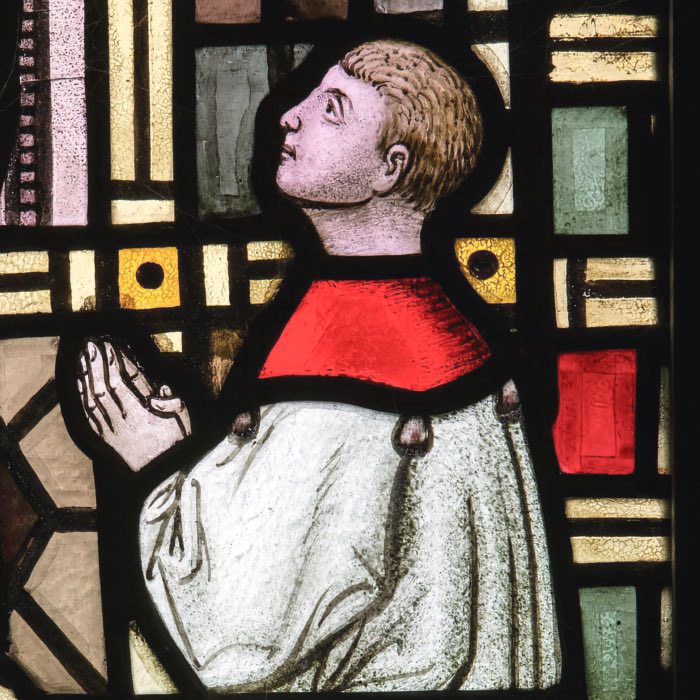
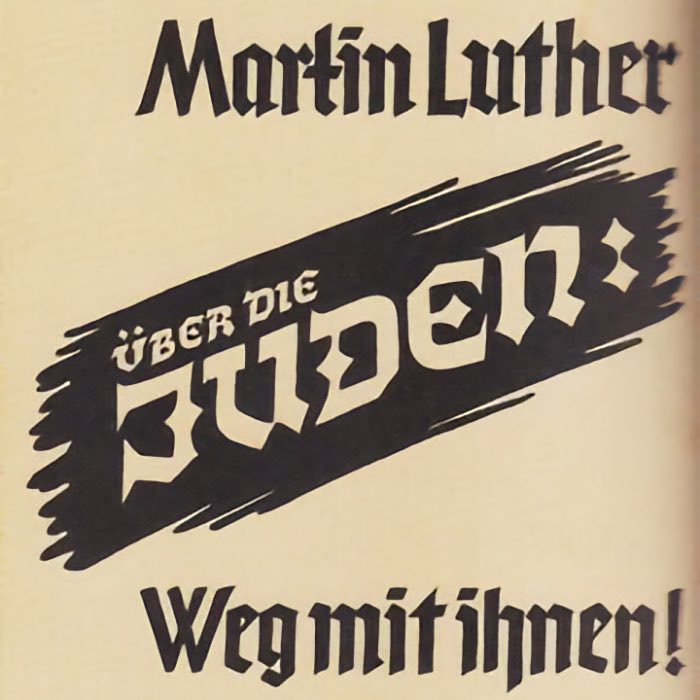
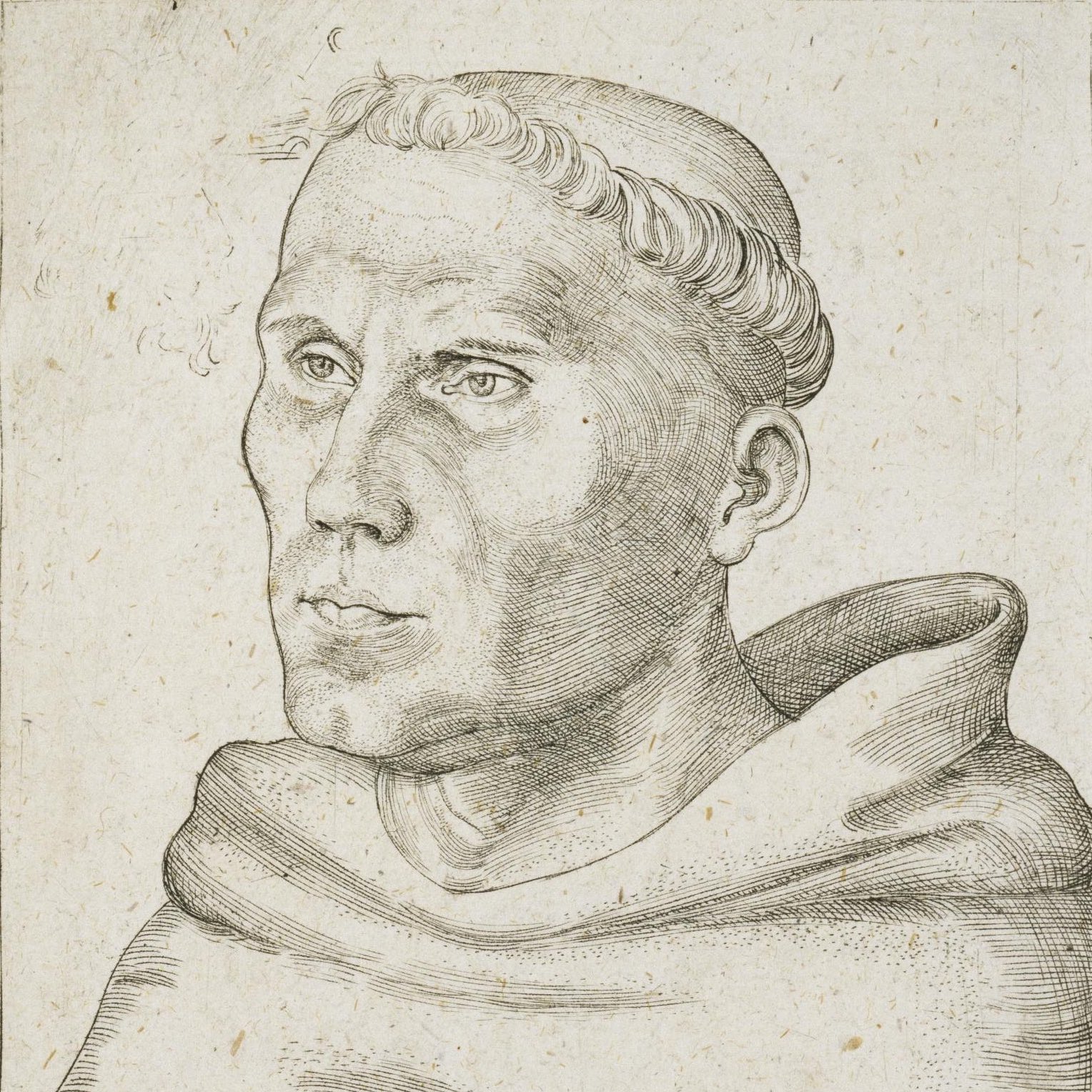
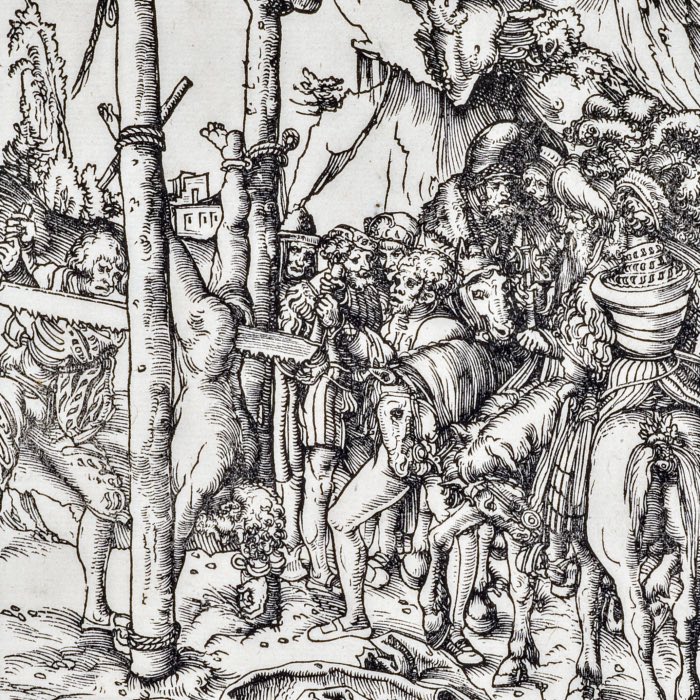
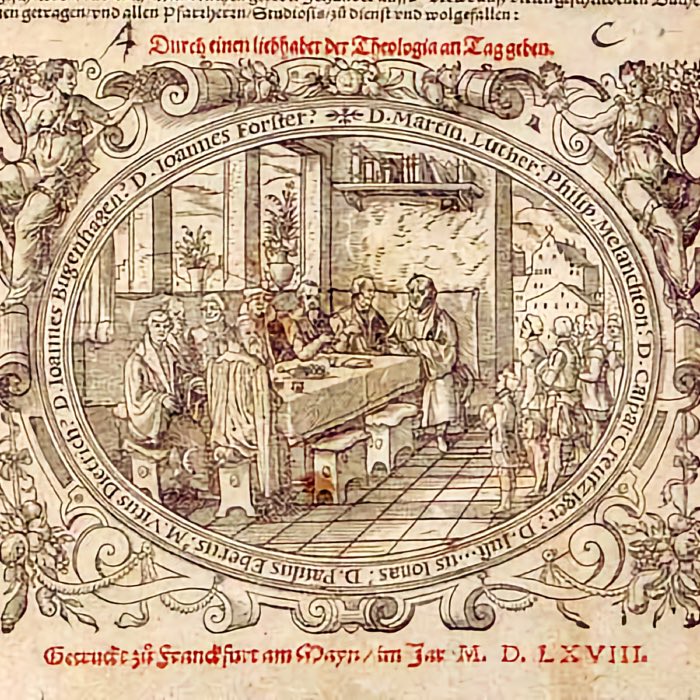
comments